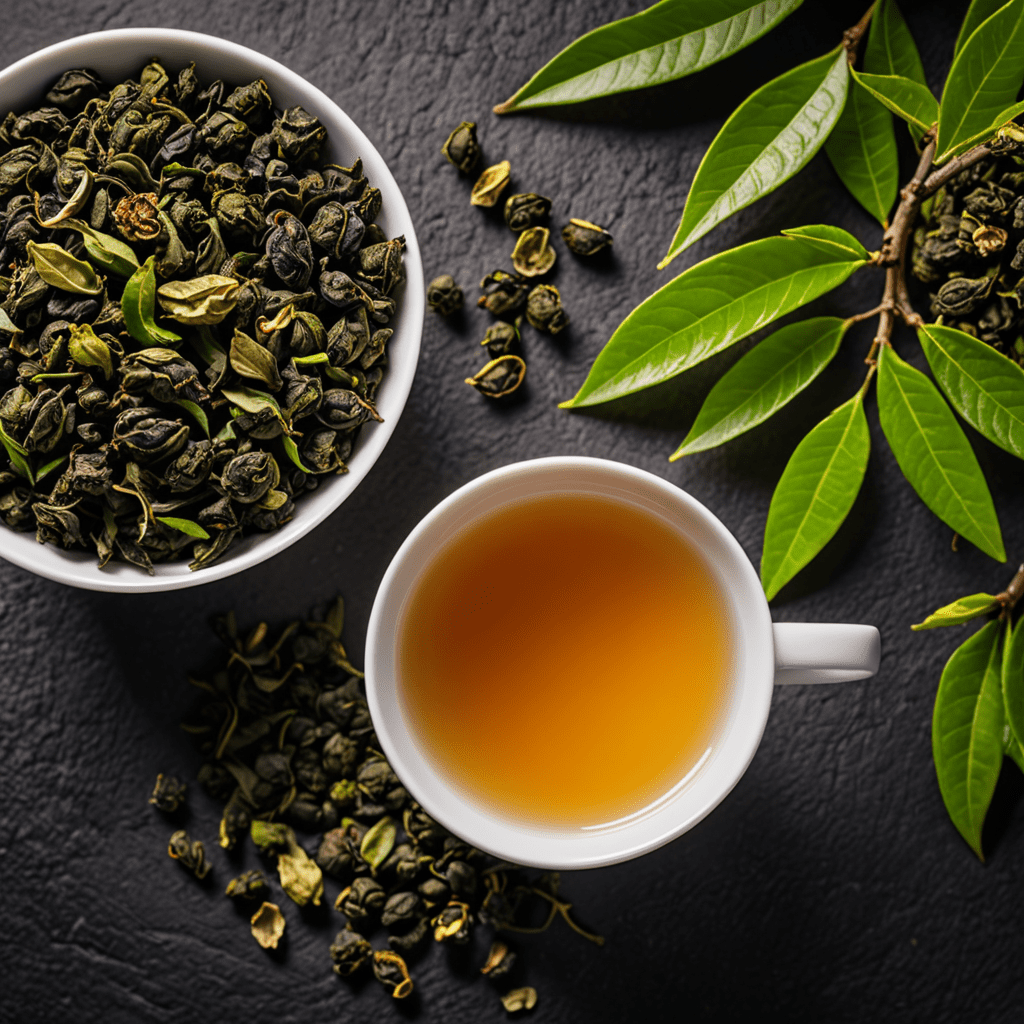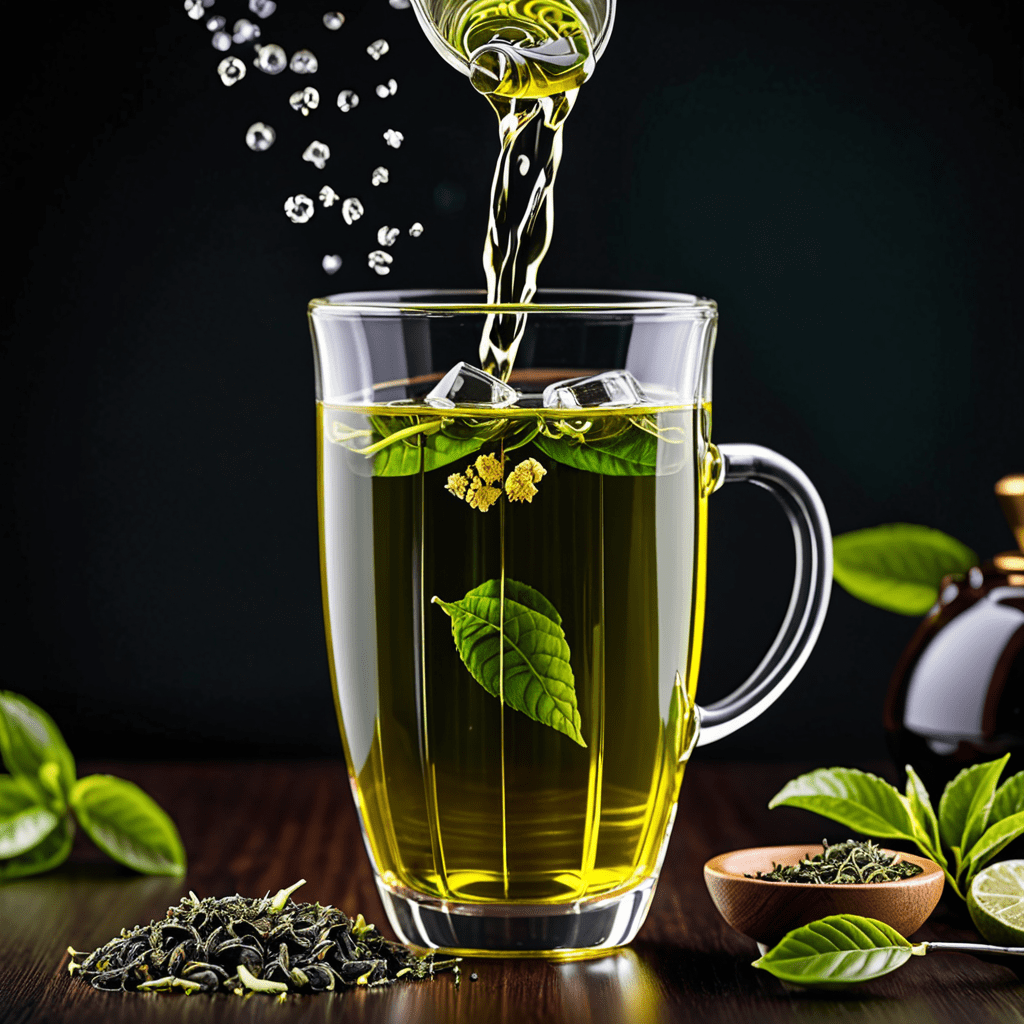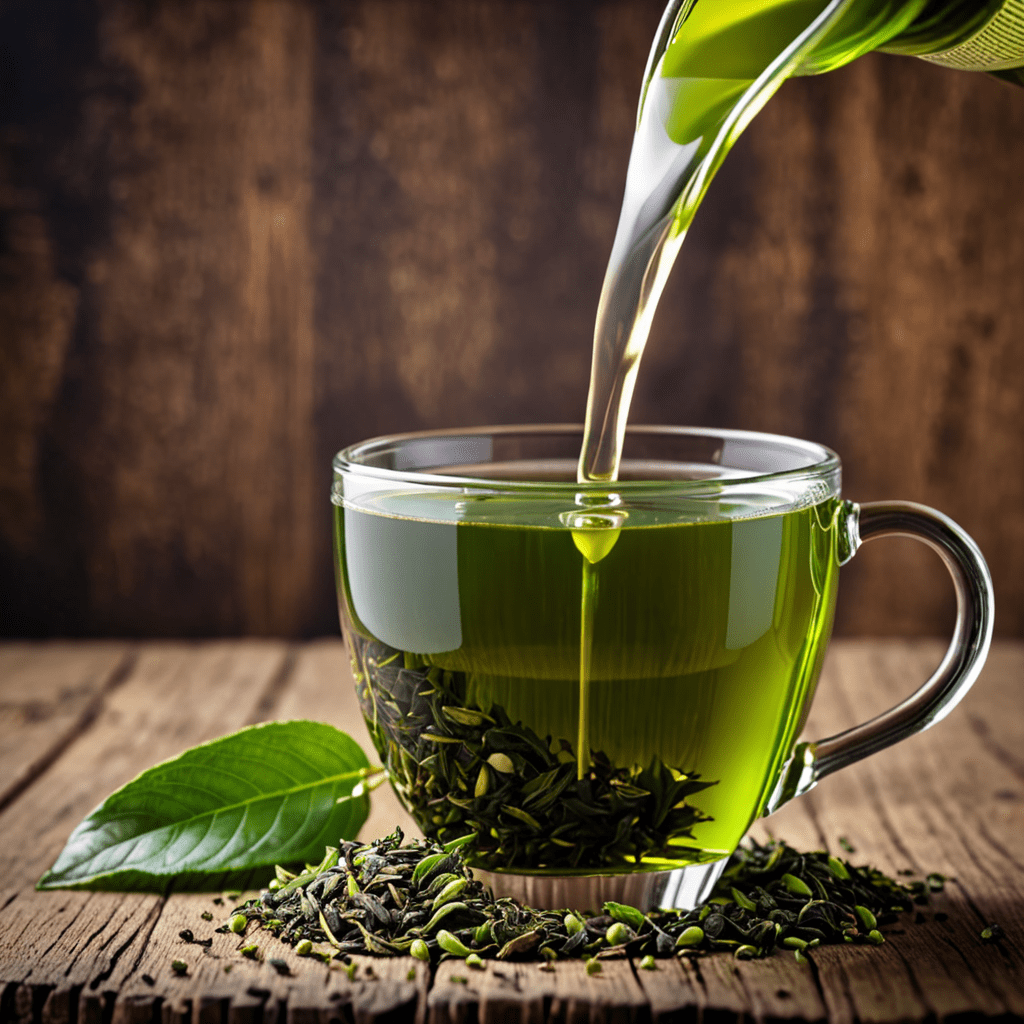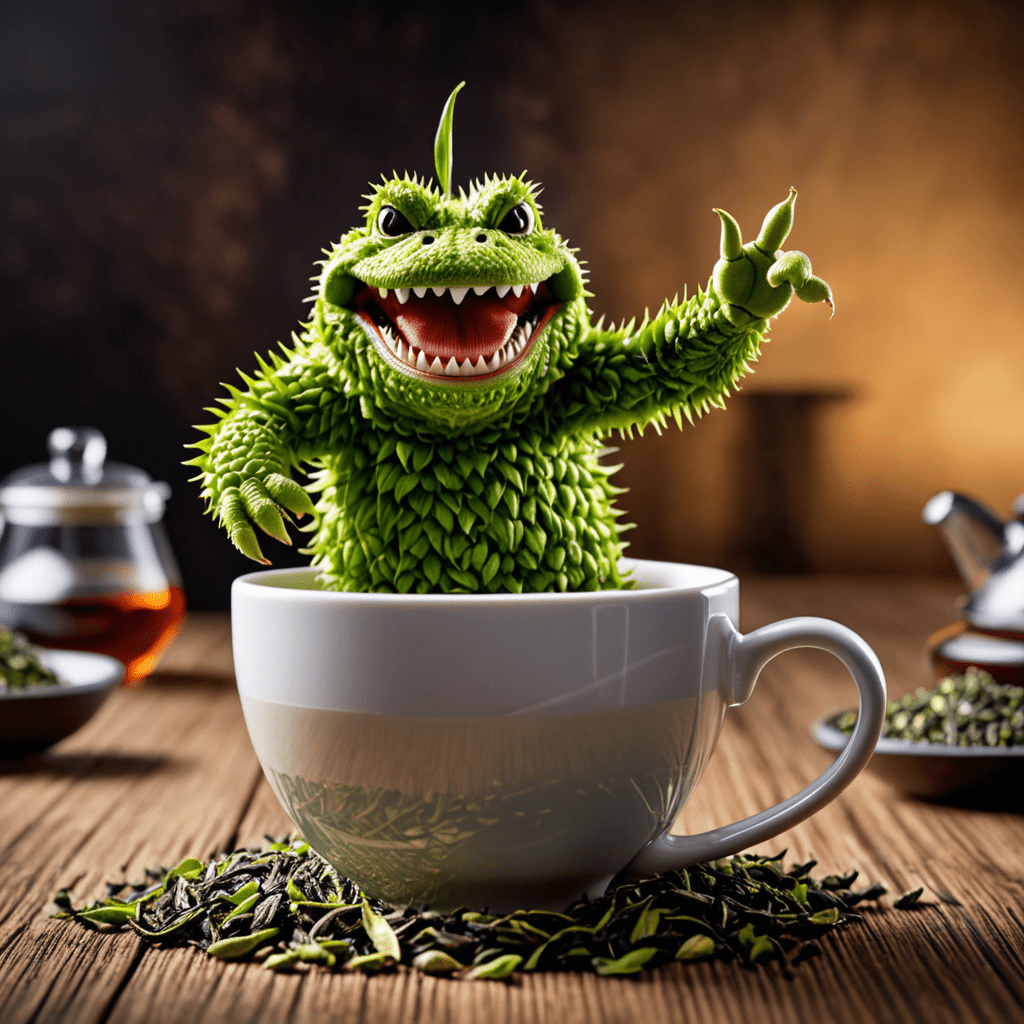
Oolong vs Green Tea: Exploring the Differences and Delights
Tea has been cherished for centuries, offering a wealth of flavors and health benefits. Two popular varieties, oolong and green tea, are often praised for their distinct characteristics and unique brewing traditions. Exploring the differences between these two teas can enhance your appreciation for their diverse flavors and aromas, as well as their respective health benefits.
The Origins and Processing
Oolong tea and green tea both derive from the Camellia sinensis plant. The main difference lies in their processing methods. Oolong tea undergoes partial oxidation, giving it a complex flavor profile that falls between the floral and fruity notes of green tea and the robust richness of black tea. On the other hand, green tea is known for its minimal oxidation, preserving its fresh, grassy taste and vibrant green color.
Flavor Profiles
Oolong tea boasts a diverse range of flavors, often including floral, fruity, and toasty notes. Its taste can transform dramatically over multiple infusions, offering a truly dynamic and captivating drinking experience. Green tea, on the other hand, tends to have a more delicate and light flavor, often characterized by grassy, seaweed-like, or nutty undertones. The differences in flavor between the two teas stem from their unique processing methods and oxidation levels.
Caffeine Content and Health Benefits
While both oolong and green tea contain caffeine, the levels can vary. Oolong tea generally has slightly higher caffeine content than green tea, offering a moderate energy boost without the jitters associated with coffee. As for the health benefits, both teas are praised for their rich antioxidant content, which can support metabolism, aid in weight management, and promote overall well-being. Furthermore, green tea is known for its high concentration of catechins, a type of antioxidant that may help in reducing the risk of certain chronic diseases.
Brewing Techniques
When it comes to brewing, oolong tea is traditionally best enjoyed using the gongfu cha method, involving multiple short steepings in a small teapot. This method allows the full range of flavors to unfold, providing a truly immersive tea-drinking experience. Green tea, on the other hand, is often brewed using lower water temperatures and shorter steeping times to preserve its delicate flavors and prevent bitterness. Both teas offer unique brewing rituals that contribute to the overall appreciation of the beverage.
Pairings and Culinary Uses
Oolong tea’s robust and complex flavor makes it an excellent companion for rich and savory dishes, such as roasted meats and flavorful cheeses. On the other hand, green tea’s delicate and refreshing profile pairs well with lighter fare, including seafood, salads, and desserts. Additionally, both teas can be incorporated into various culinary creations, from marinades and sauces to desserts and baked goods, enhancing their flavors and providing a touch of sophistication to the dish.
FAQ
Q: What makes oolong and green tea unique compared to other types of tea?
A: Oolong and green tea stand out due to their distinct processing methods, resulting in a wide array of flavors and aromas that set them apart from other tea varieties.
Q: Which tea has higher caffeine content, oolong, or green tea?
A: Oolong tea generally contains slightly higher caffeine levels than green tea, but both offer a moderate boost of energy without the jittery effects often associated with coffee consumption.
Q: Are there specific health benefits associated with oolong and green tea?
A: Both teas are renowned for their high antioxidant content, which can support metabolism, aid in weight management, and promote overall well-being. Additionally, green tea is known for its high concentration of catechins, which may help reduce the risk of certain chronic diseases.
Q: Can oolong and green tea be used in cooking and baking?
A: Absolutely! Both oolong and green tea can lend their unique flavors to a variety of culinary creations, including marinades, sauces, desserts, and baked goods, adding a touch of sophistication to the dishes.


